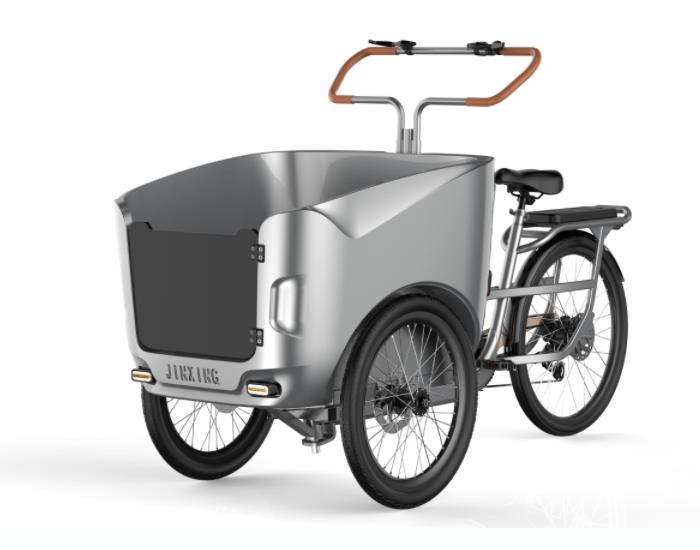Cargo Bikes: The Future of Urban Transportation
As cities continue to grow and evolve, so do the challenges of transporting goods and people efficiently, safely, and sustainably. One innovative solution that has gained popularity in recent years is the cargo bike, a versatile and eco-friendly mode of transportation that can replace traditional delivery vehicles and reduce urban congestion and pollution. In this article, we will explore the benefits of cargo bikes, their various types and applications, and how they are changing the way we move goods and ourselves in the city.
What are Cargo Bikes?
Cargo bikes are bicycles specifically designed to carry heavy loads of goods and/or people. They come in different shapes and sizes, but all share the common feature of a large and sturdy cargo area, typically located in front or behind the rider. This cargo area can be customized with different types of cargo-carrying accessories, such as boxes, bags, racks, trailers, and even refrigeration units, depending on the specific needs of the user. Cargo bikes can be pedal-powered or electric-assisted, making them suitable for a wide range of users, from individual consumers to commercial and public entities.
Benefits of Cargo Bikes:
Cargo bikes offer numerous advantages over traditional delivery vehicles, including:
Lower costs: Cargo bikes are much cheaper to purchase and maintain than cars, trucks, or vans, and they require no fuel or insurance.
Zero emissions: Cargo bikes emit no greenhouse gases or pollutants, making them a sustainable and eco-friendly alternative to fossil fuel-powered vehicles.
Faster and more flexible: Cargo bikes can navigate through traffic jams, narrow streets, and pedestrian areas much faster than motorized vehicles, and they can access places that are off-limits to cars and trucks.
Healthier and happier: Cargo bikes provide exercise, fresh air, and a sense of freedom and autonomy that can boost physical and mental health and well-being.
Types of Cargo Bikes:
Cargo bikes come in many shapes and sizes, depending on the intended use and cargo capacity. Here are some of the most common types of cargo bikes:
Longtail bikes: Longtail bikes have an elongated frame that extends behind the rider, allowing for a larger cargo area and more stability. They can carry up to 200 kg of cargo and are popular with families, businesses, and couriers.
Front-loaders: Front-loaders have a cargo box located in front of the rider, which provides better visibility and maneuverability. They can carry up to 150 kg of cargo and are popular with commercial and public entities, such as food delivery services, post offices, and city governments.
Trailers: Trailers are attached to the back of a bike and can carry up to 100 kg of cargo. They are versatile and can be detached from the bike when not in use, making them suitable for occasional use.
Electric-assisted bikes: Electric-assisted cargo bikes have a motor that provides additional power to the pedals, making it easier to carry heavier loads or travel longer distances. They are ideal for users who need to transport goods over hilly terrain or for longer distances.
Applications of Cargo Bikes:
Cargo bikes have a wide range of applications in urban transportation, including:
Last-mile delivery: Cargo bikes can deliver goods directly to customers' homes or workplaces, reducing the need for large trucks and vans and improving the speed and efficiency of deliveries.
Food delivery: Cargo bikes can be used to transport food from restaurants, cafes, or grocery stores to customers, reducing the environmental impact of food delivery services and improving the quality of urban food systems.
Waste management: Cargo bikes can be used to collect and transport recyclables, compost, or trash from households or public bins to recycling centers or landfills, reducing the need for.






